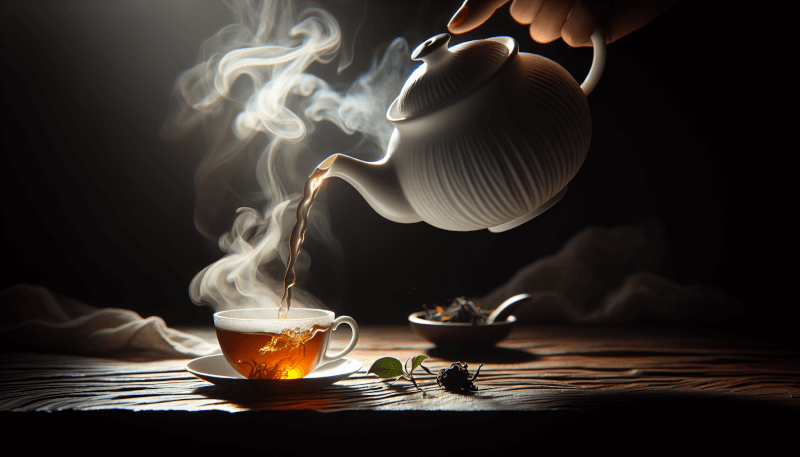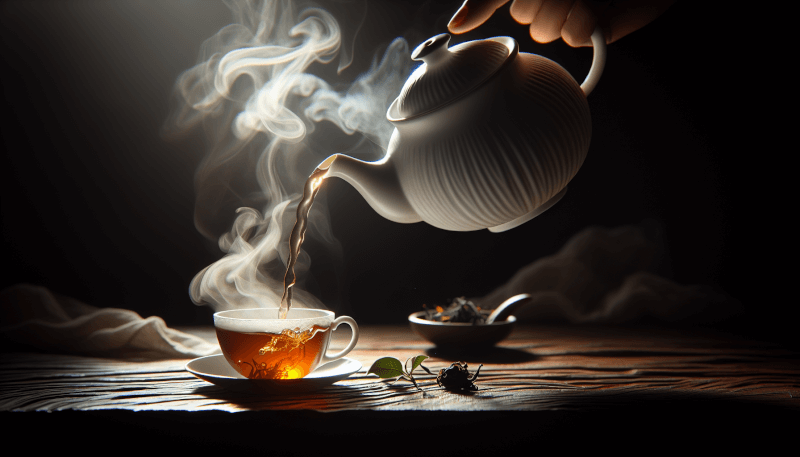In this article, you will discover the top 10 tea brewing techniques that are perfect for beginners. Whether you’re a tea enthusiast looking to enhance your brewing skills or a newcomer wanting to explore the world of tea, these techniques will help you achieve the perfect cup every time. From understanding the importance of water temperature to experimenting with steeping times and tea ratios, this comprehensive guide will equip you with the knowledge and confidence to make delicious tea that suits your tastes. So grab your favorite tea leaves and let’s embark on this journey of tea brewing together!
Choosing the Right Tea
When it comes to choosing the right tea, there are various factors to consider. First and foremost, you need to think about the different tea types available. Some popular options include black tea, green tea, herbal tea, white tea, and oolong tea. Each type of tea has its own unique flavor profile and characteristics, so it’s a good idea to try a variety and see which ones you prefer.
Another important aspect of choosing the right tea is experimenting with flavors and blends. Tea comes in a wide range of flavors, from traditional options like Earl Grey and chamomile to more unique blends like hibiscus and mint. Don’t be afraid to step outside of your comfort zone and try different flavors to find your favorites.
Additionally, using loose leaf tea can greatly enhance the flavor of your brew. Compared to tea bags, loose leaf tea offers a more robust and complex taste. The leaves have more room to infuse and release their flavors, resulting in a more satisfying cup of tea. So, consider investing in a tea infuser or mesh strainer to make the most of your loose leaf tea.
Water Temperature
The temperature of the water you use to brew your tea plays a crucial role in determining its taste. Each type of tea has its own recommended water temperature for optimal flavor extraction. It’s important to understand the importance of water temperature and how it can affect your tea.
For black and herbal teas, boiling water is usually recommended. This high temperature helps to fully extract the flavors from the tea leaves and create a strong and robust brew. On the other hand, green and white teas are more delicate and require lower water temperatures. Aim for a range of 150°F-175°F to avoid over-steeping and to preserve the subtle flavors of these teas.

Tea-to-Water Ratio
Getting the right tea-to-water ratio is essential for a well-balanced and flavorful cup of tea. The general rule of thumb is to use 1 teaspoon of tea leaves per 8 ounces of water. However, this can be adjusted based on personal preference. If you prefer a stronger brew, you can add more tea leaves, while a milder taste can be achieved by reducing the amount of tea used.
It’s worth noting that the type of tea can also impact the ideal ratio. For example, black tea is generally brewed with a stronger concentration, so you might opt for 1.5 teaspoons per 8 ounces of water. Oolong tea, on the other hand, is often brewed with a lighter ratio, such as 1 teaspoon per 10 ounces of water. Feel free to experiment and find what works best for you.
Steeping Time
The steeping time refers to the duration that the tea leaves are submerged in hot water to extract their flavors. Similar to water temperature, each type of tea has its own recommended steeping time for optimal taste. It’s important to follow these guidelines to avoid over-steeping or under-steeping your tea.
Green and white teas typically require a shorter steeping time of 2-3 minutes. This ensures that the delicate flavors are not over-extracted, resulting in a bitter taste. On the other hand, black and oolong teas can be steeped for a longer duration of 3-5 minutes to fully develop their robust flavors. Experimenting with different steeping times can help you discover your preferred strength and taste.
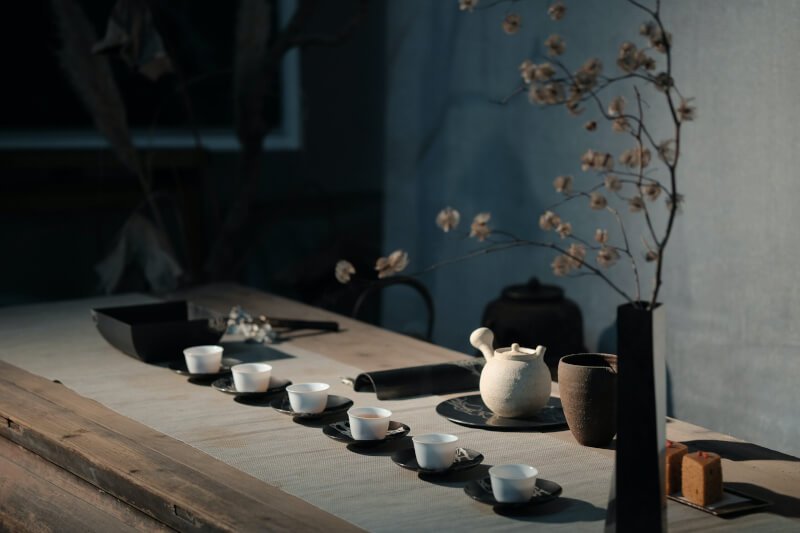
Teapot vs. Infuser vs. Strainer
Choosing the right brewing device is essential for achieving the perfect cup of tea. There are several options to consider, such as teapots, infusers, and strainers.
Teapots are often the go-to choice for brewing loose leaf tea. They allow the leaves to unfurl and infuse freely, resulting in a flavorful brew. Teapots come in various sizes and designs, so you can choose one that suits your personal style and brewing needs.
If you prefer the convenience of bagged tea or don’t have a teapot, infusers and strainers are great alternatives. These tools allow you to brew loose leaf tea in individual cups or mugs. Simply place the tea leaves in the infuser or strainer, pour hot water over them, and let the flavors steep. They are easy to use and clean, making them ideal for both beginners and tea enthusiasts on the go.
Water Quality
The quality of the water you use can significantly impact the taste of your tea. It’s recommended to use filtered water for brewing tea, as it helps to remove any impurities or chemicals that might alter the flavor. Filtered water also enhances the clarity and purity of the tea, allowing the true flavors to shine through.
On the other hand, it’s best to avoid using distilled or tap water with strong odors, as these can taint the taste of the tea. Water with a neutral pH level is ideal, as it provides a balanced base for the flavors to develop. When in doubt, opt for filtered water to ensure the best possible brewing experience.
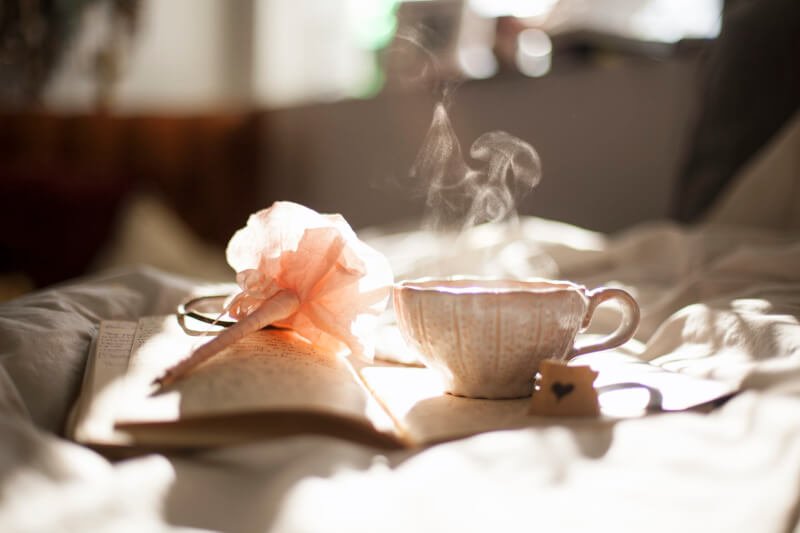
Proper Tea Storage
Properly storing your tea is essential for preserving its freshness and flavor. To maintain the quality of your tea, it’s important to store it in air-tight containers. Exposure to air can cause the tea leaves to absorb moisture, leading to a loss of flavor and aroma.
In addition to air-tight containers, it’s crucial to keep your tea away from moisture, light, and strong odors. Moisture can make the tea leaves damp and promote the growth of mold or bacteria. Similarly, exposure to light can cause the tea to degrade and lose its flavor over time. Strong odors can also seep into the tea leaves, altering their taste and aroma.
Lastly, avoid storing tea in the refrigerator. While it may seem like a good idea to keep it cool, the moisture in the fridge can negatively impact the tea’s flavor and quality. Instead, store your tea in a cool, dry place away from any potential sources of moisture, light, or strong odors.
Preheating the Teapot
Preheating the teapot is a simple yet important step in the tea brewing process. By warming up the teapot before brewing, you can help maintain the optimal temperature of the water and ensure a consistent brew.
To preheat the teapot, simply pour some hot water into it and swirl it around, making sure to coat the interior. This warms up the teapot and helps to retain the heat of the water when you add the tea leaves. After swirling, empty the teapot, ensuring that any excess water is removed before adding the tea. This will ensure that the tea brews at the desired temperature, resulting in a better flavor extraction.
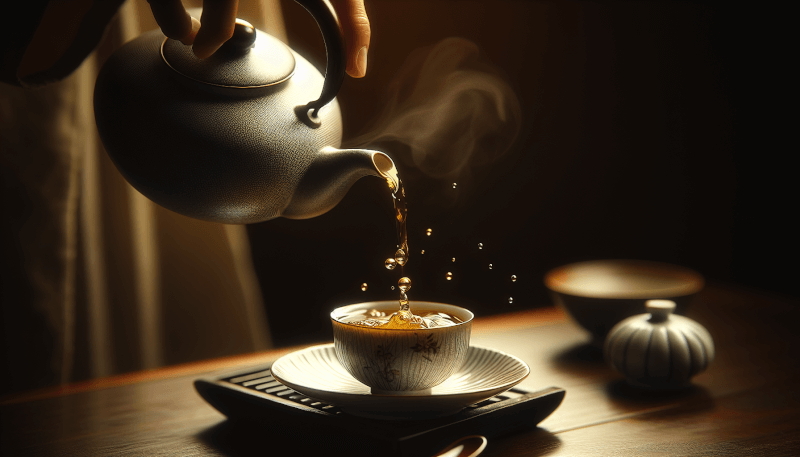
Enhancing Flavor with Additions
Experimenting with additions can be a fun way to enhance the flavor of your tea. Common additions include honey, lemon, or milk, each of which can complement or mask the tea’s natural flavor depending on your preference.
Honey can add sweetness to your tea, balancing any bitter or astringent notes. It’s best to start with a small quantity and gradually add more if desired. Similarly, a squeeze of lemon can provide a tangy and refreshing twist to your tea. Lemon works particularly well with black tea and herbal tea, adding a bright and citrusy flavor.
For those who enjoy a creamier and richer tea experience, adding a splash of milk or cream is a popular choice. This is commonly done with black tea and oolong tea, creating a smooth and indulgent beverage. Keep in mind that some teas are best enjoyed without any additions, so always taste the tea on its own first before deciding to add anything.
Enjoying the Tea
Once you have brewed your tea to perfection, it’s time to sit back, relax, and enjoy the fruits of your labor. Pour the tea into your favorite cup or mug, inhale the enticing aroma, and take a moment to appreciate the flavors dancing on your taste buds.
Every cup of tea is a unique experience, and it’s worth experimenting with different brewing techniques to personalize your tea journey. Whether you prefer a stronger brew or a milder taste, the joy of tea lies in discovering what brings you comfort and satisfaction. So, take your time, explore different flavors and brews, and savor each sip of your personal cup of tea. Cheers to a delightful tea experience!
